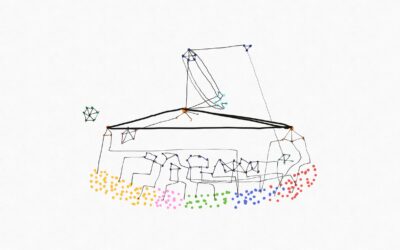By 2020, India is set to become the world’s youngest country with 64% of its population in the working age group.[1]
This demographic advantage can be translated into more production of goods and increased services, thus improving the overall GDP growth rate, a prerequisite to social welfare. It is commonly known as Demographic Dividend. However, it may become a huge burden if not utilized properly. This is where employ-ability of an individual comes into play. The ability to get employed is often associated with the skills demanded in the market which are, in turn, correlated with one’s educational qualifications. This showcases the importance of strengthening our education system.
As per national employability report prepared by ‘Aspiring minds‘, about 47% of Indian graduates are unfit for any job in the industries. With board exams approaching, confusion and stress among my students of Swarachna School at Milaan is increasing because of their uncertain future after 12th. It got me thinking about how education system has failed to align learning with employment. From my limited understanding, I would like to highlight three major challenges that are significant barriers for achieving quality education:
- Life Skills
While simple calculations and basic reading & writing is necessary for building cognitive abilities, students need better communication skills, decision making and soft skills to do well in their career. As per a report published in 2011, a student’s cognitive ability is highly related with his/her life skills, academic performance, self-motivation and self-discipline. Most of the times, school teachers themselves are not trained enough to teach such skills. There’s a need for implementation of focused teacher training programs to make them conscious about need and consequences of life skills, with special emphasis on relevant content and participatory pedagogy. As a part of enhancing this aspect of learning, I have started co-facilitating a few such sessions with adolescents from my community and Swarachna school here. - Diverse Job Opportunities
Many poor parents are not willing to take the risk of sending their kids to schools not necessarily because they are ignorant but because of an Indian narrative that only talks about white & blue collar jobs. In rural context, the dynamics become more complex where people in traditional occupations know that the school is not going to teach agriculture or any other such skill their children would probably do in future. Nor are these schools good enough to get their kids out into well-paying jobs. Thus, we need to create an alternate narrative which talks about an education system, incorporating all kind of jobs. One way of tackling this, is to focus on vocational education component. We should lower the minimum qualification for vocational training from 10th grade pass to 8th grade pass as those who pass 10th are more likely to go on until 12th than those who pass 8th[2]. This will increase job opportunities if supplemented with better policies and support from private sector to hire such youth. It won’t completely solve the issue but will be a good step towards the solution. - Counselling
As per an NCRB report, one student is committing suicide every hour. Although, there are several causes behind it, many psychologists have found a connection between academic pressure/exam related tension and suicides. In urban context, counselling has become more significant given changing family trends as well as increased parental pressure and peer competition. In rural areas, parental involvement is too less for students to get any guidance. Thus, counselling needs to revolve around psychological support, personality development and identifying talents. It will be fruitful for students who are uncertain about future and will help those struggling with their academic or personal life. Based on my observations and basic assumptions, I counsel my students on a daily basis.
These 3 areas need to be focused upon, apart from “regular” classes, so that our education system is in line with the Demographic Dividend and we are able to achieve economic growth. Mahatma Gandhi emphasized on education as an indicator of social realities. In his words,
“Education not only moulds the new generation, but reflects a society’s fundamental assumptions about itself and the individuals which compose it.”
References:
[1] http://www.thehindu.com/news/national/india-is-set-to-become-the-youngest-country-by-2020/article4624347.ece
[2] www.unevoc.unesco.org/up/India_Country_Paper.pdf




0 Comments